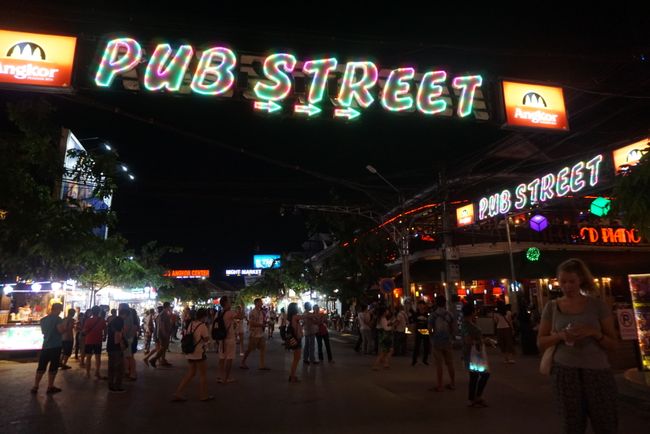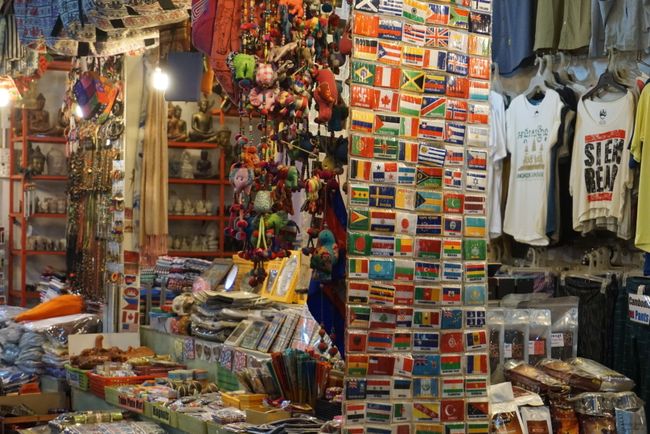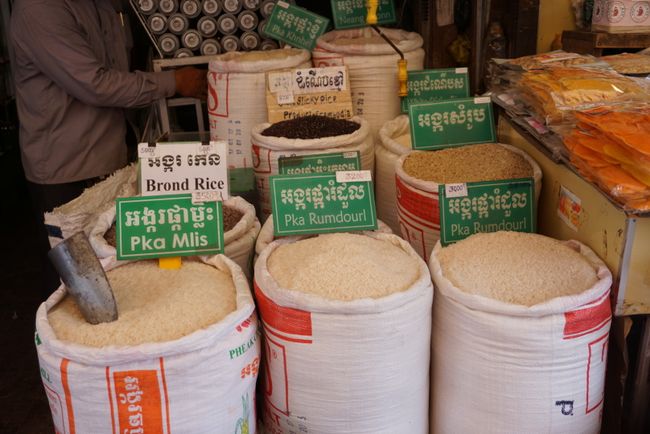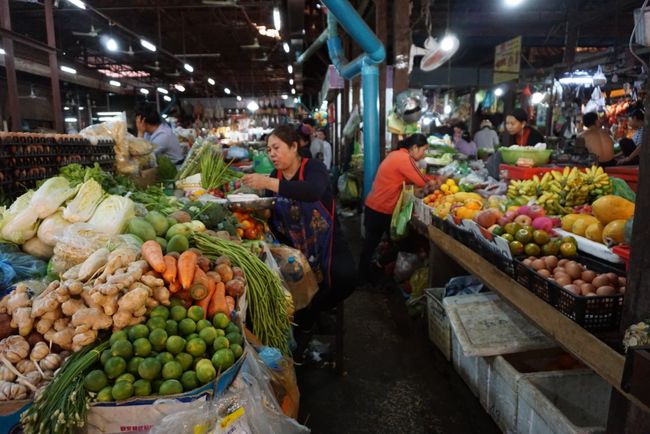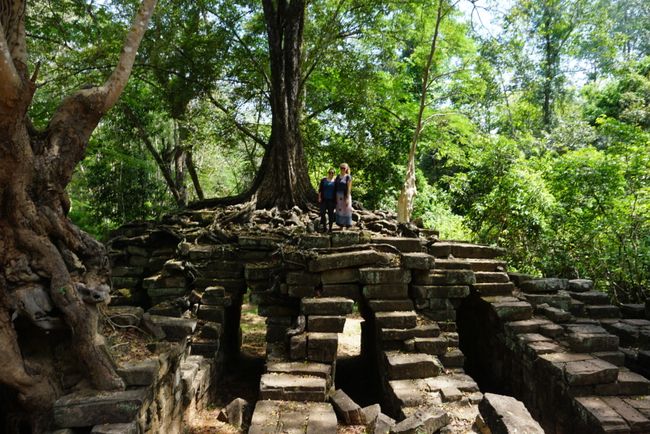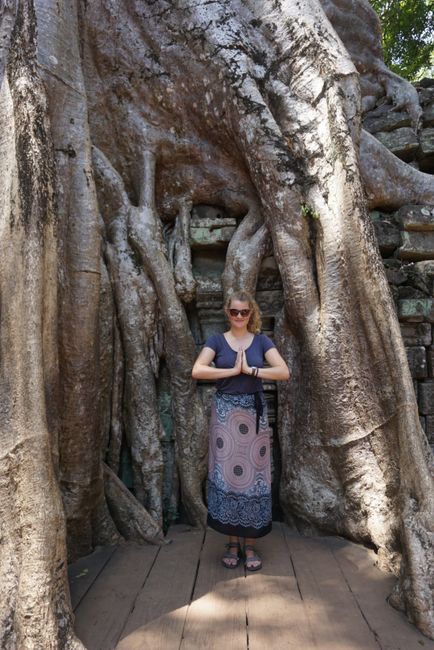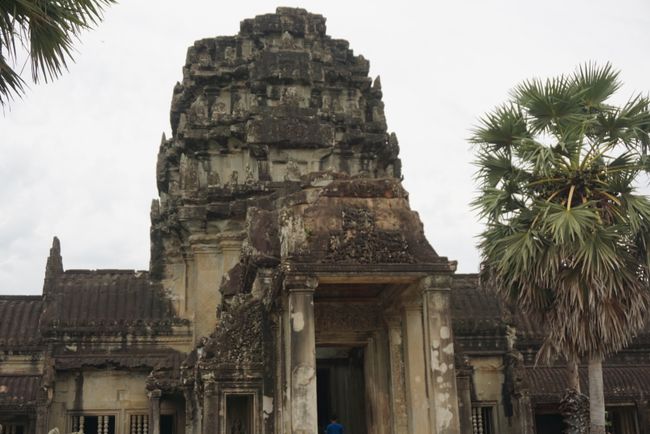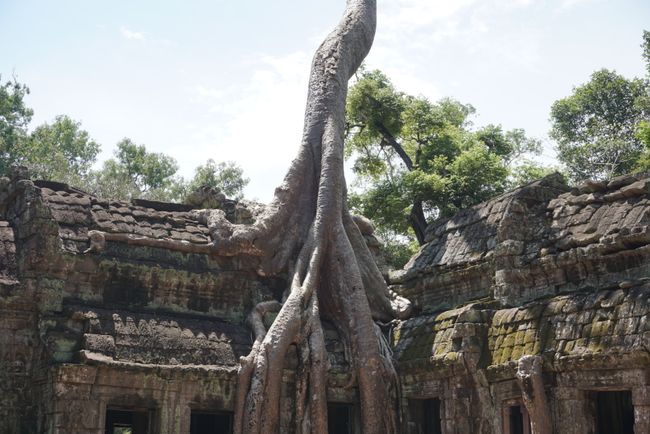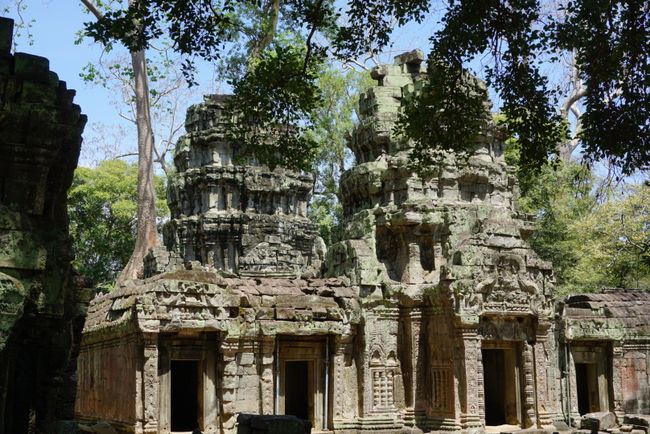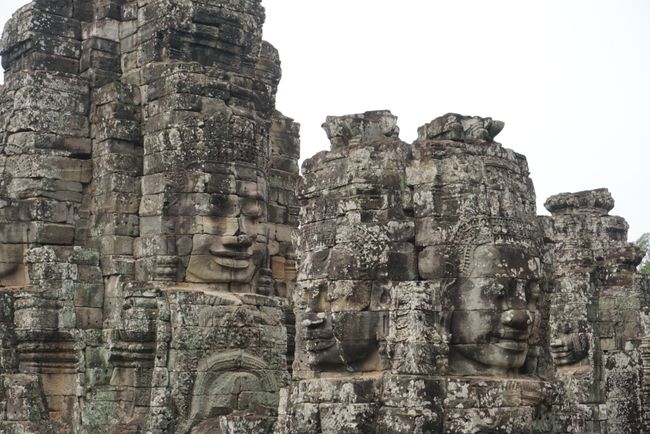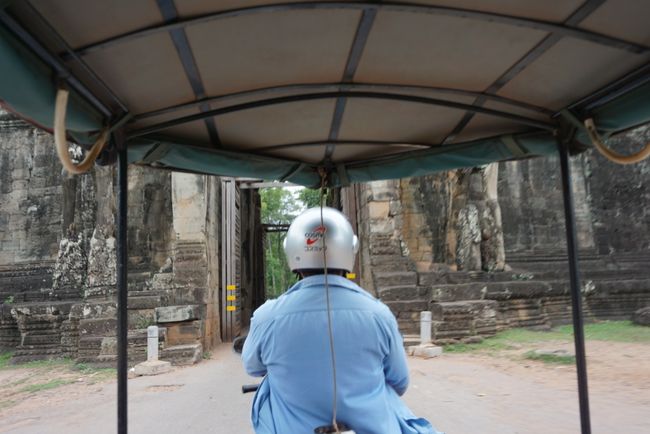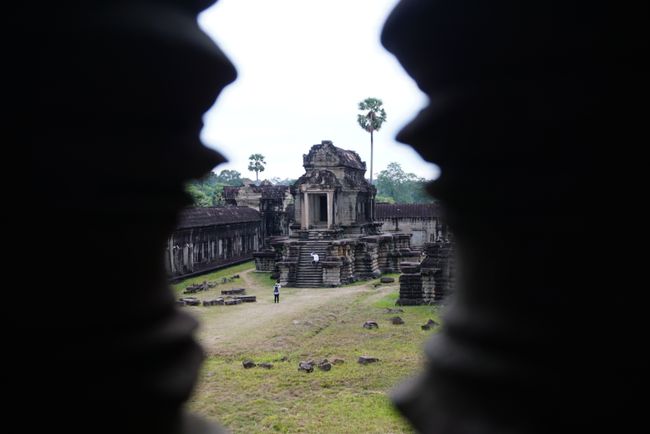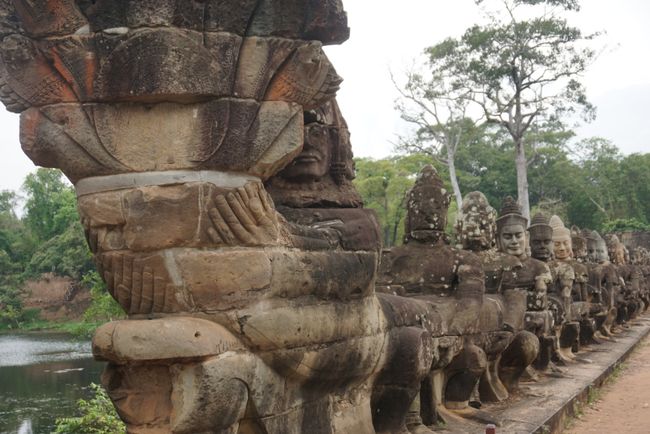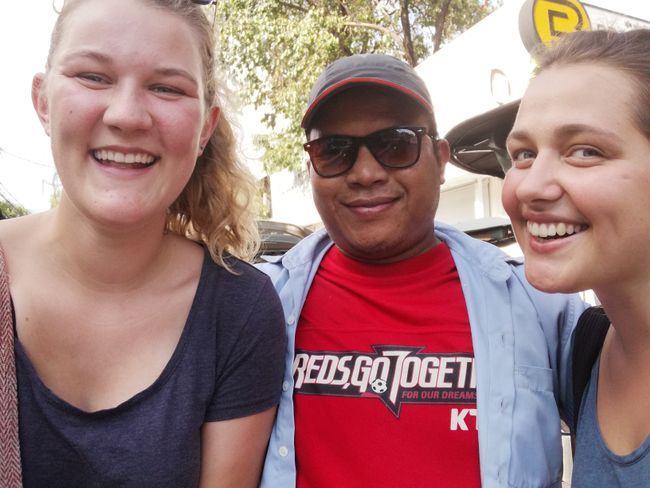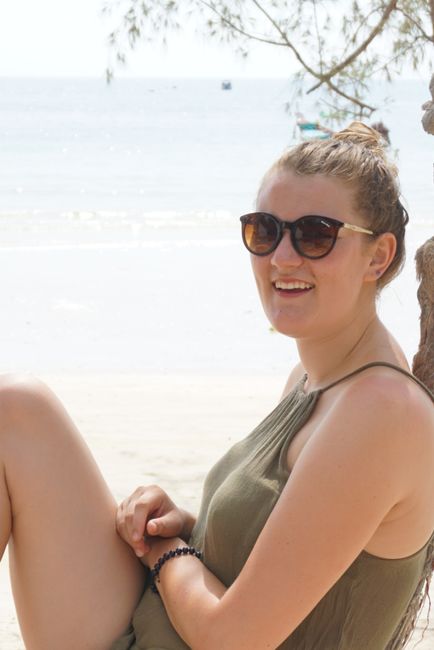
asiajourney
vakantio.de/asiajourney
Siem Reap (Cambodia)
Uñt’ayata: 20.05.2018
Yatiyäw qillqatar qillqt’asipxam
After a somewhat shortened bus ride through Bangkok, I arrived at the hostel in Siem Reap, tired but relieved, after almost 24 hours of travel. There, Flavia was waiting for me, quite beaten up. It seemed that she had caught something during the diving course and from the air conditioners everywhere, at least that's what we initially thought. Unfortunately, the cough that started out mild worsened over time. In the following days, she struggled with a high fever ranging from 37 to 39.5 degrees Celsius and a persistent cough. Additionally, her ear canals became so blocked that her hearing was significantly impaired.
After a visit to the international hospital, which, by the way, was outrageously expensive and pure money-making, we were at least assured that she did not have malaria or dengue fever, and had only a "regular" infection that could be treated with antibiotics and other medications. So we paid and got the treatment.
Since it took us four whole days to decide to visit a hospital, our activities were somewhat limited, at least on Flavia's side. However, we still decided to go on two excursions on days when she had a fever of 38 degrees Celsius. But a strong will allows you to participate in such activities even in that condition.
On the first day after we arrived in Siem Reap, we went to the War Museum, where we received a free tour and learned about the Khmer Rouge era and the Vietnam War. The open-air museum displayed various war vehicles, weapons, and landmines that make your blood freeze when you hear about the brainwashing the people underwent to kill thousands without flinching. Like others, who, after the war ended, walked over a meadow and suddenly were blown up by a landmine, losing a leg or their lives if they were lucky or unlucky. And especially the reason why a large part of the population was killed. As for the landmines, the population is still in the process of defusing and removing all of them. They do this using metal detectors, search dogs, and rats, which have an extremely good sense of smell.
I won't go into more detail about the Khmer Rouge in this report, as there will be another post about it in Phnom Penh. In any case, I always find it shocking to see what humans are capable of.
Our second excursion took us to Angkor Wat, or rather to the Angkor temple complex, early in the morning, to be precise at 4:30 am. We were picked up so early by our tuktuk driver Pon because we wanted to see the sunrise, which we didn't actually get to see in the end due to the many clouds. Angkor is a huge temple complex consisting of more than 1,000 different temples and sanctuaries. The most famous of them is Angkor Wat, which is mainly visited for its breathtaking view at sunrise. The layout of practically all temples corresponds to the worldview of Hinduism: In the center stands the highest tower (prasat) with the central sanctuary as a representation of Mount Meru (in the Himalayas), where the gods reside.
Especially the largest temples of the complex were not initially built as places of assembly for believers, but as palaces for the gods.
Because Angkor is such a large temple complex, we spent the whole day traveling from one temple to another in the tuktuk. All the temples were unique in their own way and exuded a tremendous sense of tranquility, despite the many tourists around. In the evening, we were exhausted, whether sick or healthy.
On other days, we didn't do much during the day, but I visited the city's night market several times, which had an incredible variety of things to offer. I could have practically bought everything if the thought of the growing weight of my backpack hadn't held me back.
Siem Reap, a city with history and charm. Cambodia, a country with a sad past.
Yatiyäw qillqatar qillqt’asipxam
Jaysawi
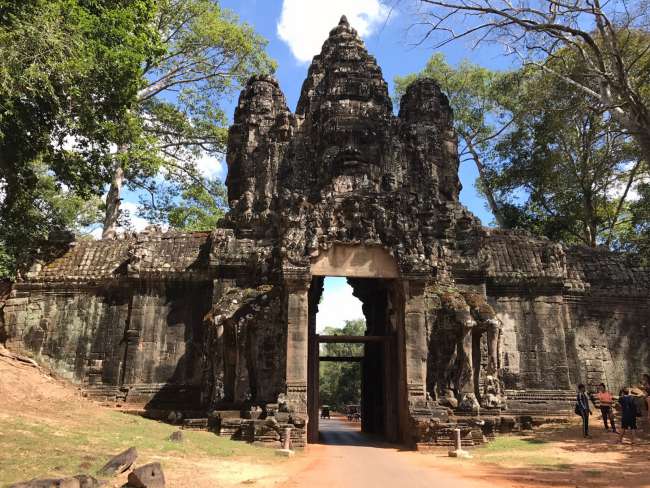
Viajes ukan yatiyawinakapa Camboya markanxa

